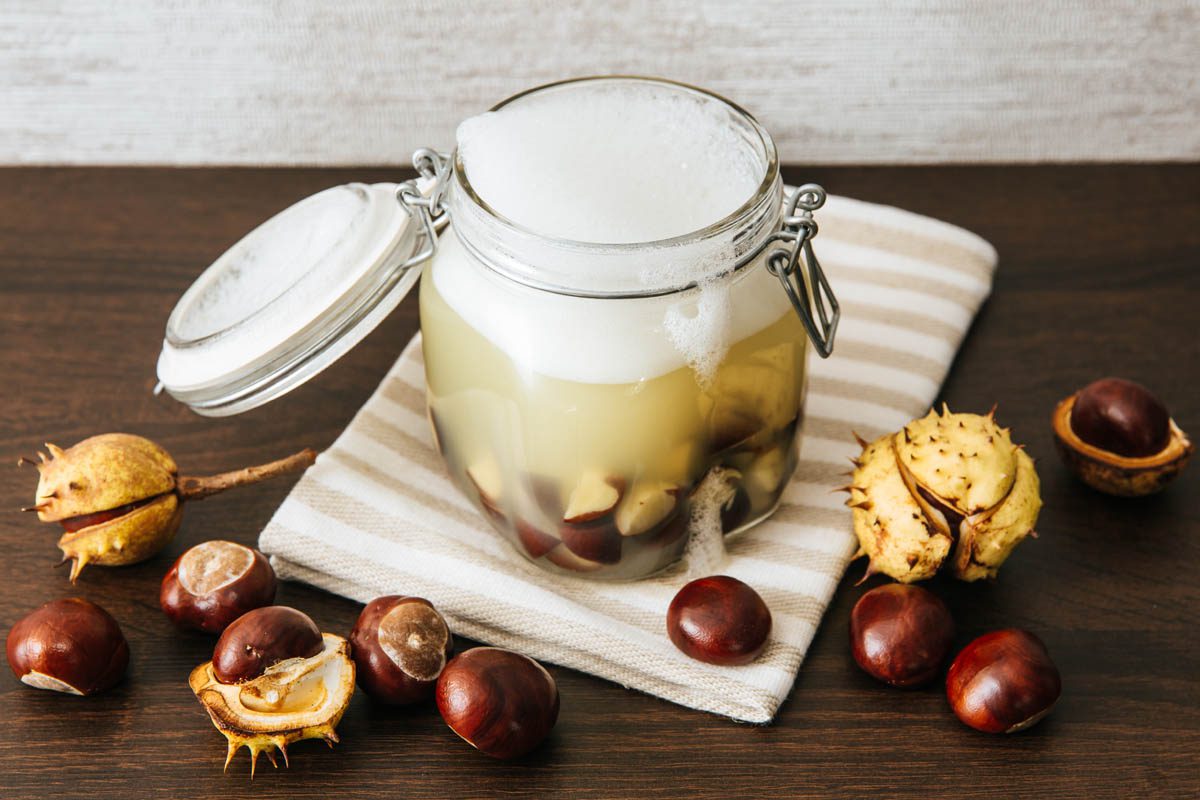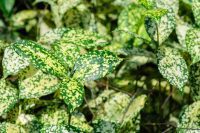Saponins are a class of natural compounds found in many plant species, that typically taste bitter. They are characterised by their amphiphilic nature, which means they have both hydrophilic and hydrophobic properties, due to the presence of a hydrophobic triterpene or steroidal sapogenin backbone and one or more hydrophilic sugar molecules attached to it. Saponins play a protective role in plants, serving as a natural defence mechanism against predators and pathogens.
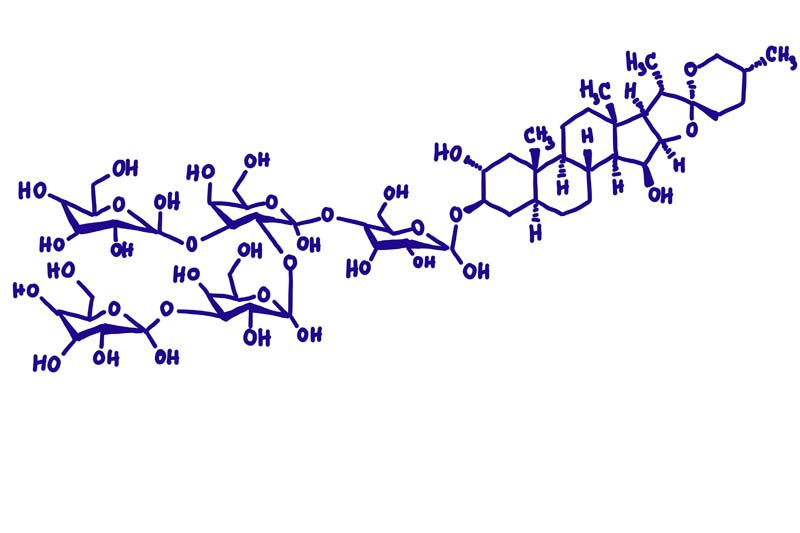
Primary metabolites are substances that are essential for the growth, development, and reproduction of plants, such as carbohydrates, amino acids, and nucleotides. Saponins belong to the group of secondary metabolites which are compounds produced by plants that are not directly involved in growth, development or reproduction. Their functions include defence against predators, the attraction of pollinators, competition for resources and adaptations to environmental stress.
Saponins can be found in various plant tissues, including leaves, stems, fruits, and seeds. The distribution and concentration of saponins can vary depending on the plant species, developmental stage, and environmental factors.¹
The bitter taste of some saponins acts as an antifeedant, deterring insects and larger animals from chewing the plant. In addition, saponins are heterocides, with the ability to kill insects by inhibiting food intake, interfering with growth and preventing cholesterol absorption.
The word saponin is derived from the Latin word sapon, which means soap. This reflects the plant’s ability to form soap-like foams in aqueous solutions.
Plant defences
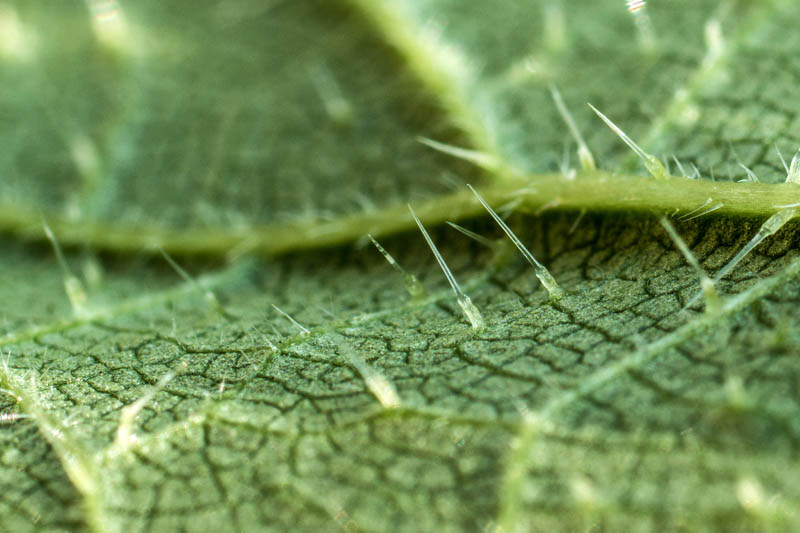
Plants have a number of ways to protect themselves from phytophagous (plant-eating) mammalian and insects. These include physical barriers such as thorns and bark, soluble and insoluble calcium oxalate crystals and toxins. One of the most well-known phytochemicals is caffeine, a water-soluble alkaloid produced by Coffea arabica (coffee plant), which is a central nervous stimulant. Theobromine is another well-known CNS stimulant produced by the cacao plant.
Saponins are present in many common foods we eat with no ill effects. But humans are considerably larger than insects. Legumes (beans, peas, lentils, lupins, etc.) contain the highest amount of saponins, you may have noticed foamy bubbles at the top of the liquid in a can of red kidney beans or chickpeas. This is due to saponins.
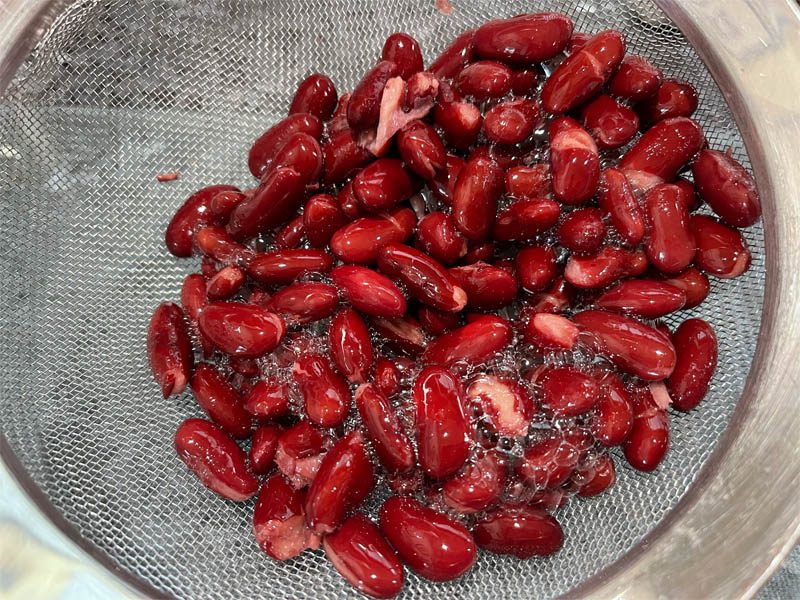
Saponins can cause gastrointestinal irritation and upset when consumed. When administered intravenously saponins have been shown to be hemolytic (causing the red blood cells to rupture).
Biological activities
The use of saponins in medicine shows great promise, they have been found to display a number of biological activities which include:
- Foaming and emulsification
- Sweetness
- Bitterness
- Antifungal
- Antibacterial
- Anti molluscicidal
- Antifungal
- Antiviral
- Anti-inflammatory
- Anti-ulcer
- Hemolytic and hepatoprotective properties
- Immunostimulant
- Inhibit or kill cancer cells
Saponins have been used in soap making due to their foaming action. They show great potential as fire retardants. Some saponins are as much as 200 times sweeter than sugar, and show potential as a low-calorie sugar replacement.
Their foaming action when mixed with water has been used to create toothpaste, shampoos, liquid soaps, laundry detergent, and increase the foaming of beer.
Saponins also have great potential as pesticides by disrupting the feeding behaviour of insects. Some saponins can slow down the passage of food in the gut, which can lead to starvation.
Native Americans have used plants containing saponins to catch fish. When saponins enter the water source they enter the fish’s bloodstream via the gills. Affected fish float to the surface of the water making them easy to catch.
Which plants contain saponins?

The saponin content and composition of plants can vary depending on several factors, such as the plant species, the plant part used, and the environmental conditions. The saponins in some of these plants may also have different properties and effects on human health.
- Quillaja saponaria (soapbark tree)
- Yucca schidigera (Mojave yucca)
- Panax ginseng (ginseng)
- Saponaria officinalis (soapwort)
- Gypsophila paniculata (baby’s breath)
- Glycyrrhiza glabra (licorice)
- Trifolium pratense (red clover)
- Aesculus hippocastanum (horse chestnut)
- Dioscorea villosa (wild yam)
- Smilax spp. (sarsaparilla)
- Tribulus terrestris (puncturevine)
- Chenopodium quinoa (quinoa)
- Agave spp. (agave)
- Medicago sativa (alfalfa)
- Camellia sinensis (tea)
Effects of saponins on pets
Ingestion of plants that contain saponins can cause gastrointestinal upset including loss of appetite, nausea, vomiting and diarrhea. In most cases, symptoms are self-limiting unless the animal has consumed a large volume or has underlying health conditions. It is always recommended that pet owners contact a veterinarian or pet poison helpline in the event of plant ingestion.
Resources:
1. Hossain, M. A., Rahman, S. M. M., & Rahman, A. (2019). Saponins: Chemistry, biosynthesis, and analysis. In Saponins: Properties, Applications and Health Benefits (pp. 1-22). Nova Science Publishers, Inc.
Julia is a writer and landscape consultant from Wollongong with a love of horticulture. She had been an avid gardener for over 30 years, collects rare variegated plants and is a home orchardist. Julia is passionate about learning and sharing her knowledge of plant propagation and plant toxicology. Whether it’s giving advice on landscape projects or sharing tips on growing, Julia enjoys helping people make their gardens flourish.
